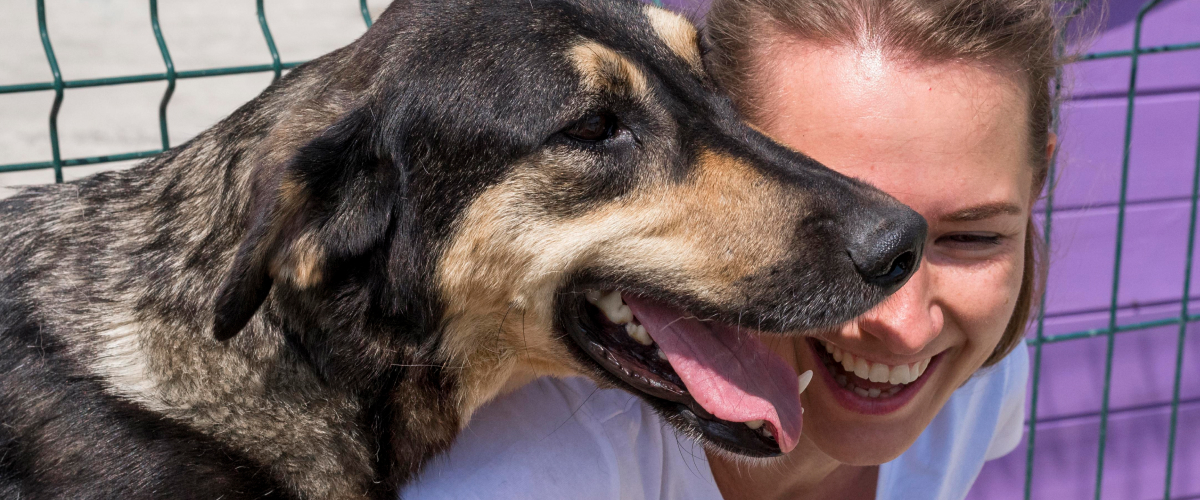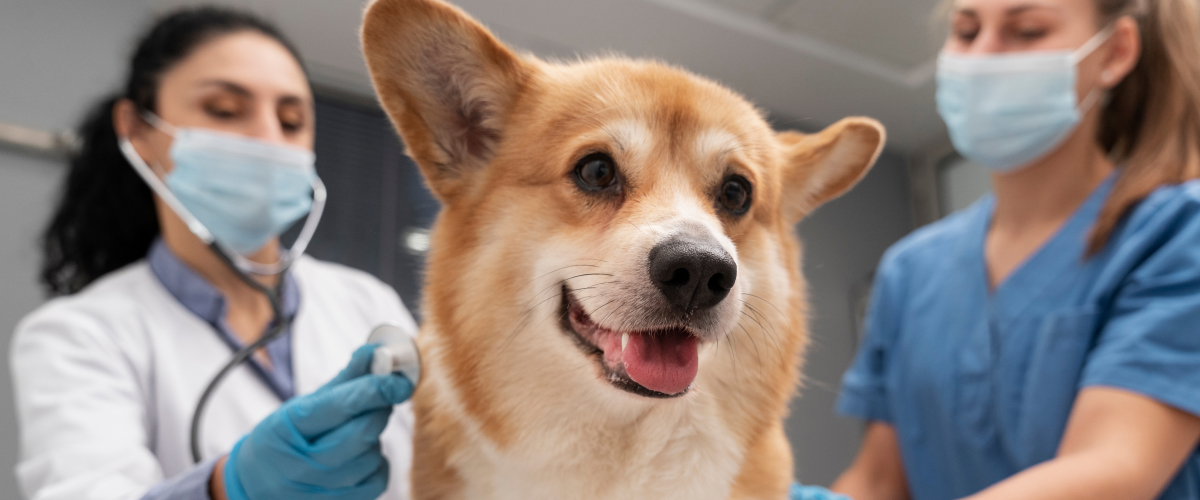Every October, animal shelters across the United States celebrate “Adopt a Shelter Dog Month” – a campaign dedicated to helping shelter dogs find loving, forever homes. Sponsored by the American Humane Society, this month-long initiative encourages dog lovers to adopt, rather than buy, and support animal shelters in their life-saving work. If you’ve been considering adding a furry friend to your family, October is an excellent time to explore local shelters and consider adopting a shelter dog. Here’s why!
Why Adopt a Shelter Dog?
Shelter dogs are often misunderstood. Many people assume that dogs end up in shelters because of behavioral issues, but in reality, the reasons are diverse and often unrelated to the dogs themselves. A change in the owner’s life, financial strain, or housing restrictions can lead to beloved pets ending up in shelters. By choosing to adopt a shelter dog, you’re not only giving a deserving animal a second chance, but you’re also reducing the demand for breeding practices that can be inhumane or unethical.
The Benefits of Shelter Adoption
Adopting a dog from a shelter comes with numerous benefits. Most shelters ensure that dogs are vaccinated, microchipped, and spayed or neutered before they’re ready for adoption. This means that when you bring a shelter dog home, you’re starting off with a pet that has already received essential care. Additionally, shelter dogs often undergo basic behavioral assessments, which can help you choose a dog whose temperament aligns well with your lifestyle. Adopting a shelter dog can also be more affordable than purchasing from a breeder, and many shelters offer discounted or waived adoption fees during Adopt a Shelter Dog Month.
How to Support Shelters During Adopt a Shelter Dog Month
Even if adoption isn’t possible right now, there are other meaningful ways to support shelters this October. Shelters often rely on donations, so consider contributing pet food, toys, blankets, or even a monetary donation to support their work. Volunteering your time can also make a big difference. Many shelters welcome help from dog walkers, groomers, and general volunteers to provide love and care for their animals. Additionally, spreading awareness about Adopt a Shelter Dog Month through social media can inspire others to consider adoption.
Preparing Your Home for a Shelter Dog
If you’re ready to adopt, it’s essential to prepare your home to welcome a new dog. Create a designated space for your new pet with essentials like a bed, water bowl, and toys. Be patient, as it may take some time for your new dog to adjust to its new environment. Remember, many shelter dogs come from unpredictable situations and may require extra love, understanding, and patience. The bond you form will be worth it, as shelter dogs are often some of the most loyal, affectionate, and grateful pets.
Final Thoughts: Give a Dog a Second Chance This October
October’s Adopt a Shelter Dog Month is a reminder of the importance of pet adoption and the impact it has on reducing the number of homeless animals. Adopting a shelter dog not only changes the life of an animal but enriches yours as well. From companionship and emotional support to an active and healthy lifestyle, adopting a dog brings endless benefits. So this October, visit your local shelter or animal rescue organization, and find a friend who’s waiting to meet you.
By participating in Adopt a Shelter Dog Month, you’re becoming part of a powerful movement to give shelter animals the lives they deserve. Whether you choose to adopt, donate, volunteer, or advocate, every action counts. Let’s make this October a month of hope, love, and new beginnings for countless shelter dogs across the nation.










